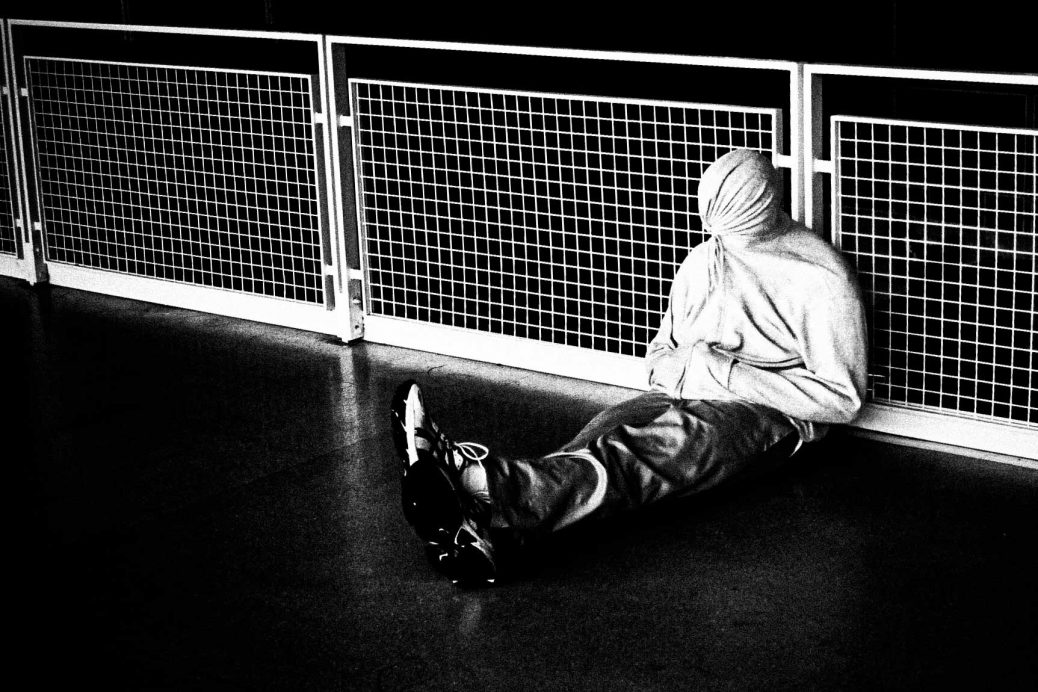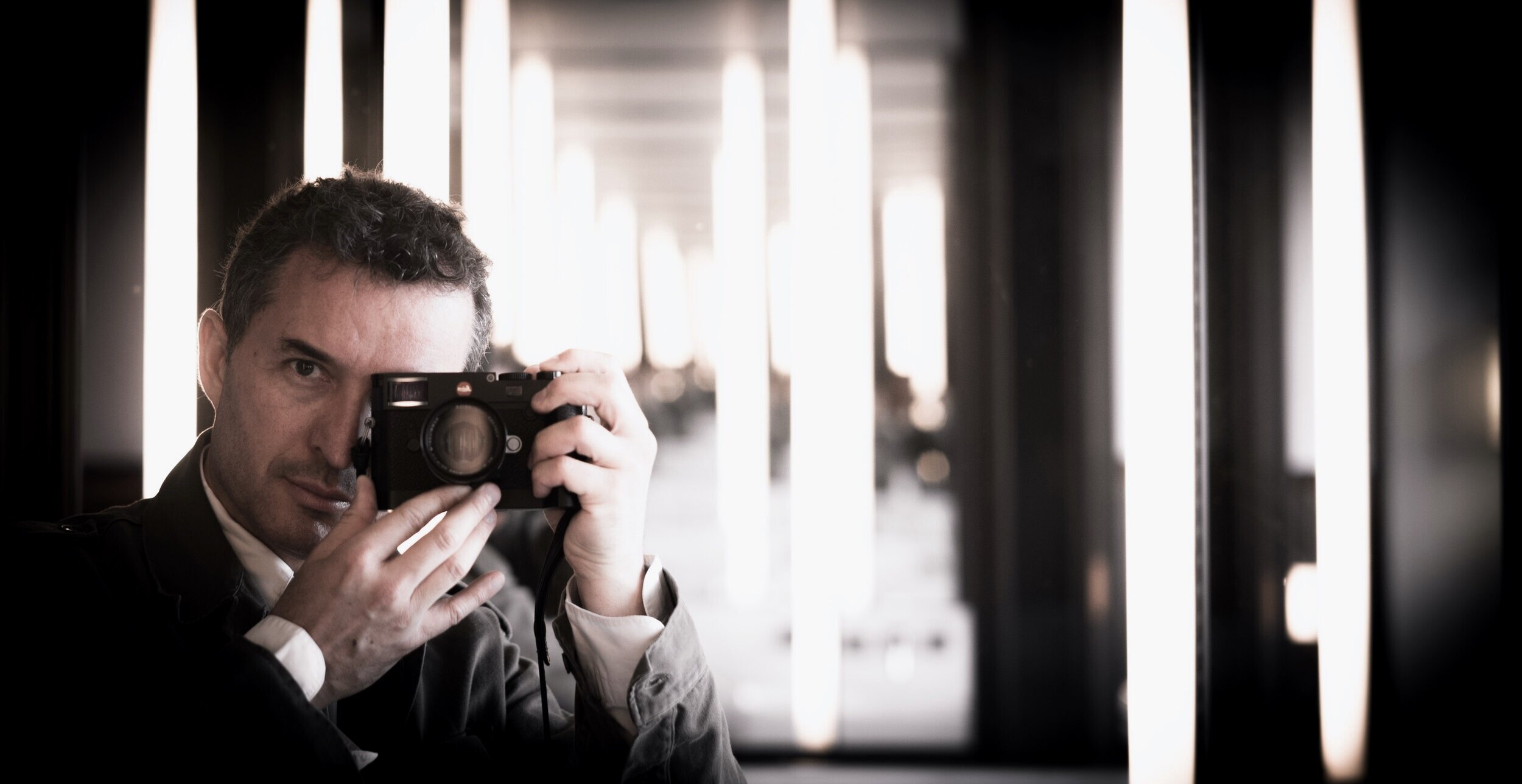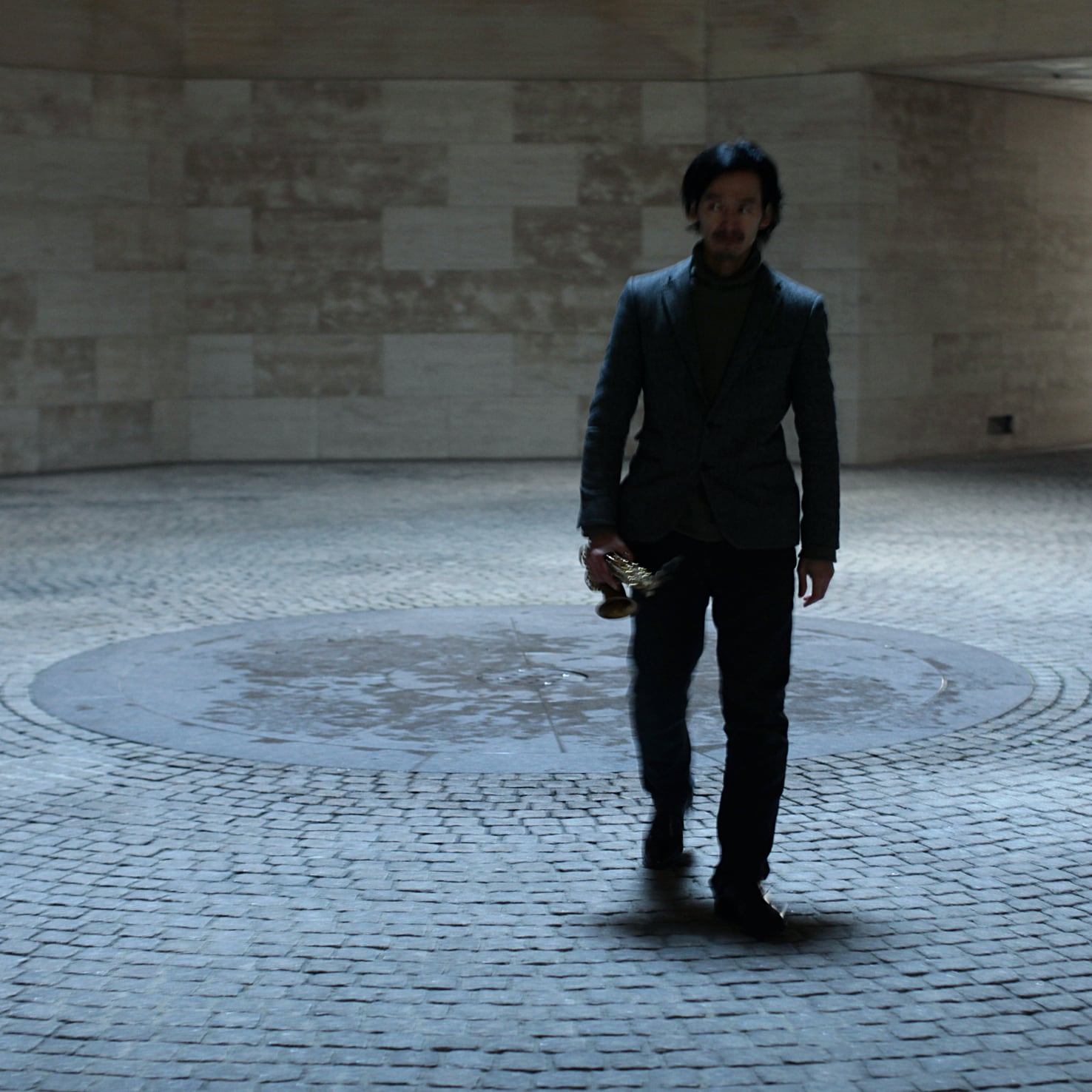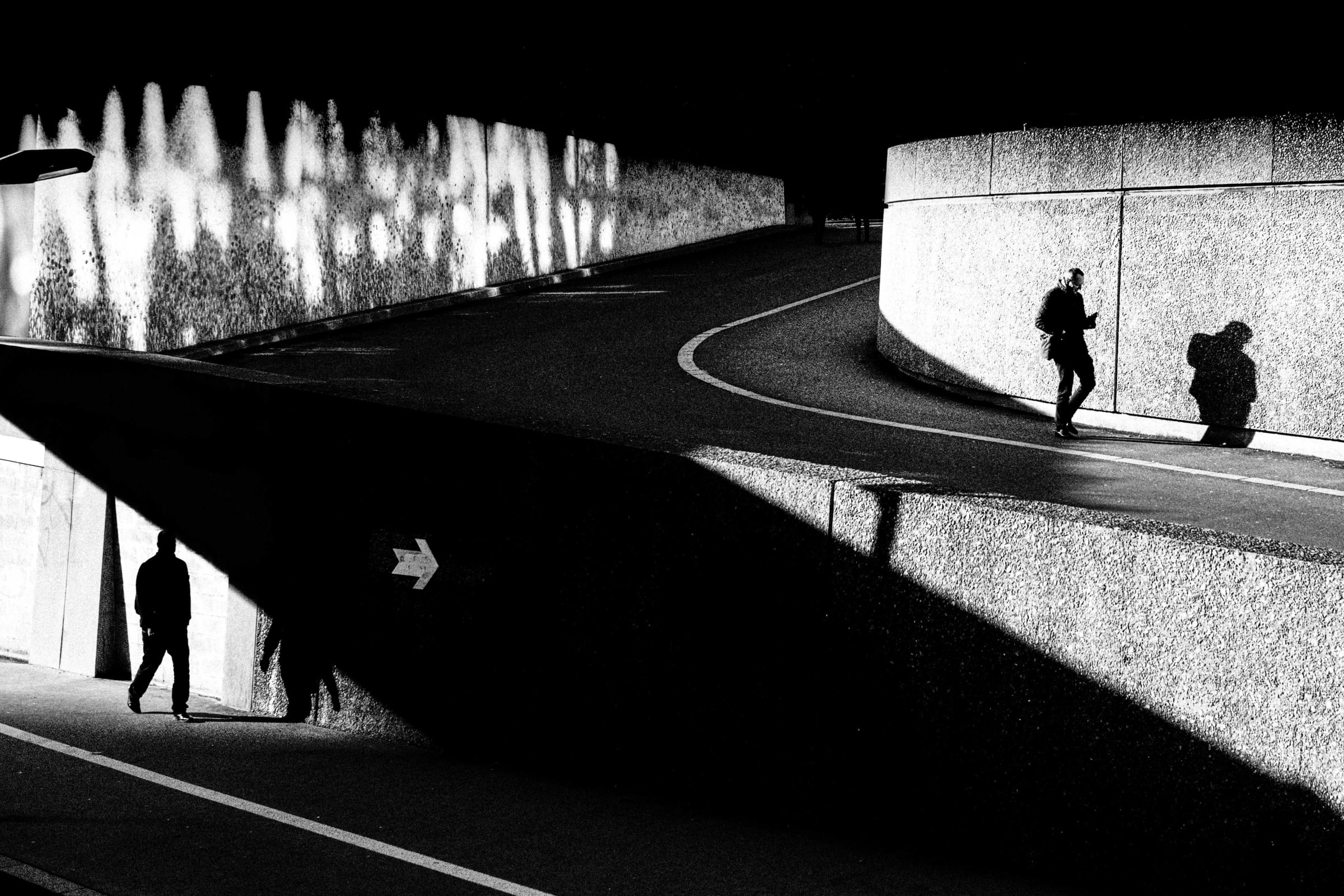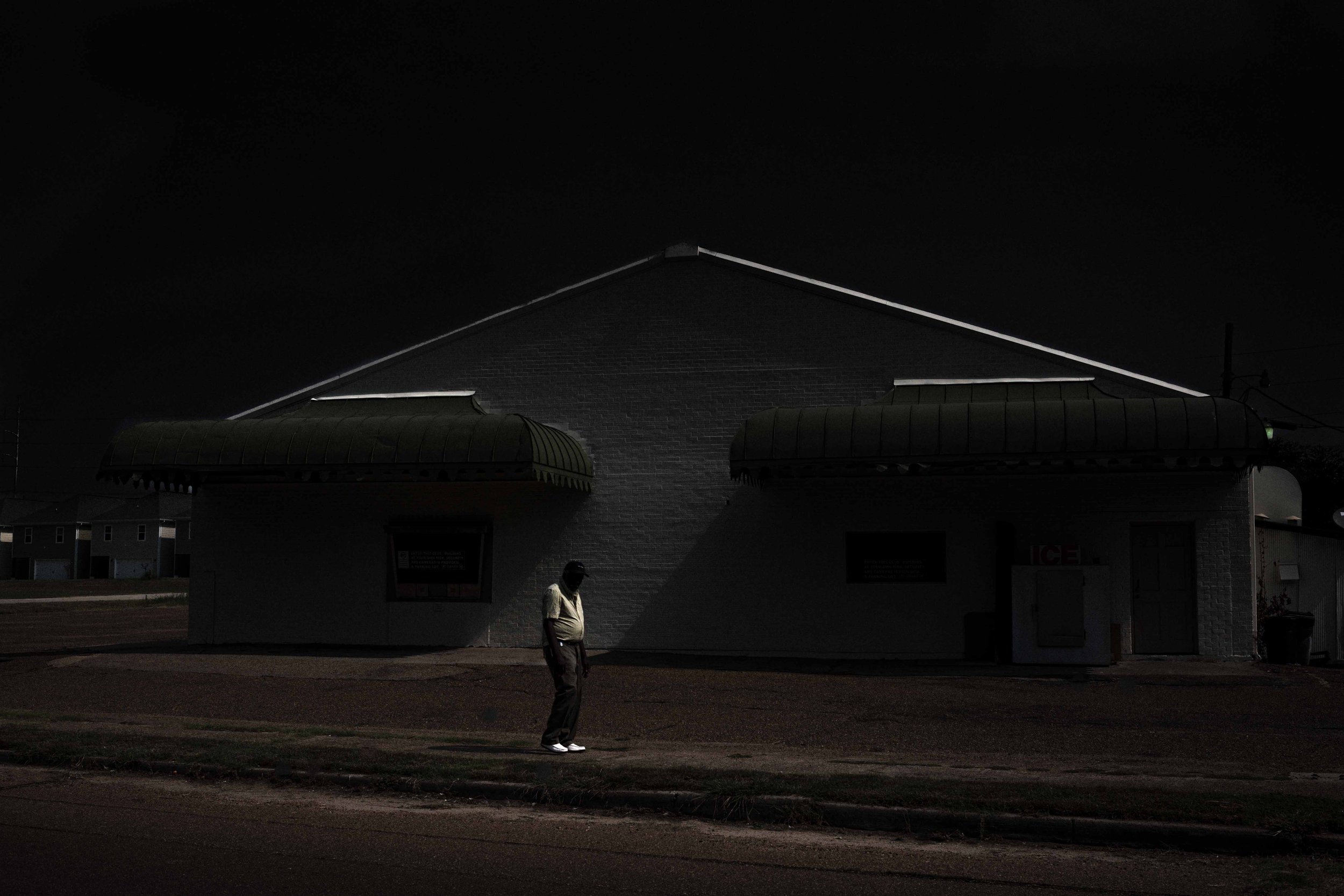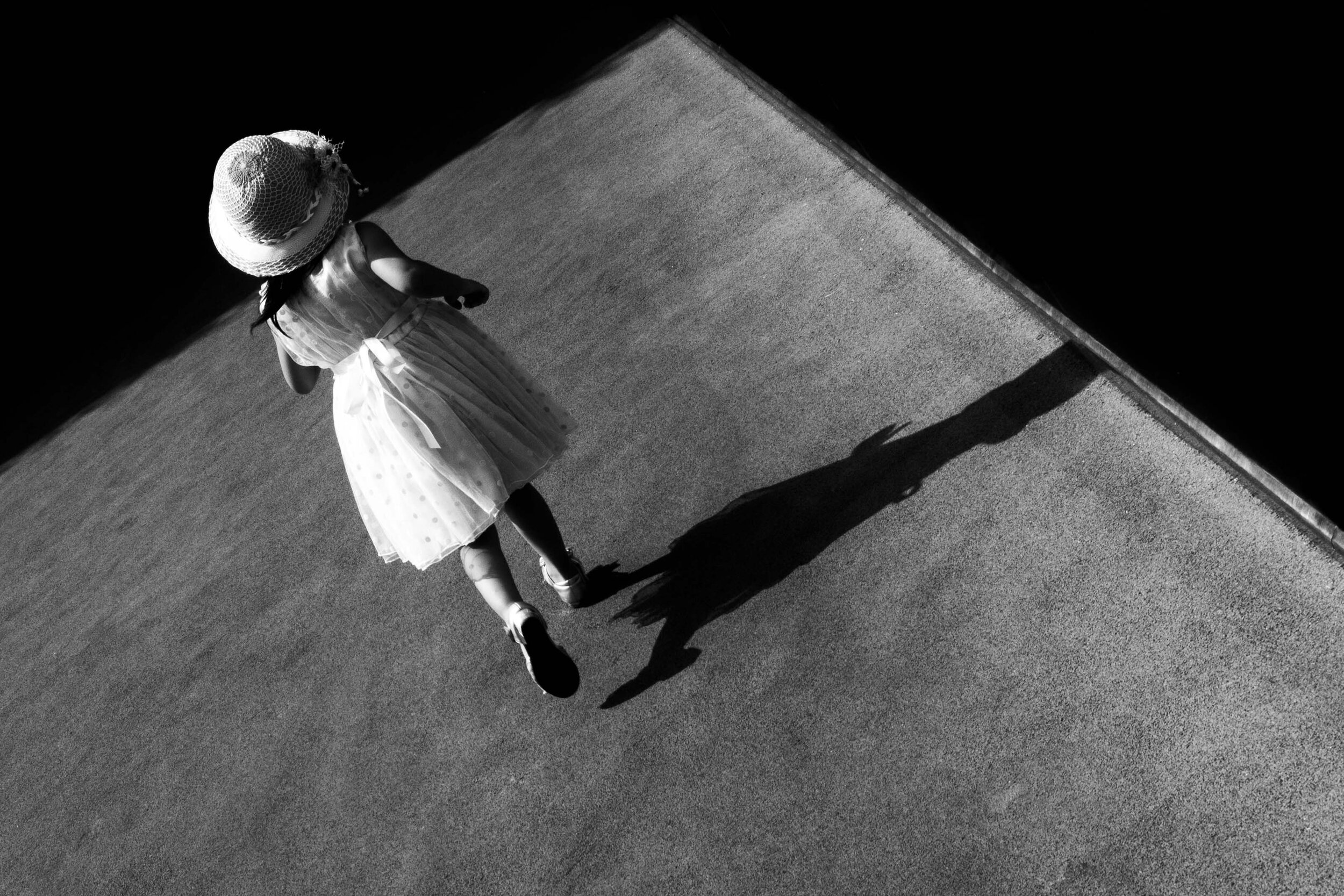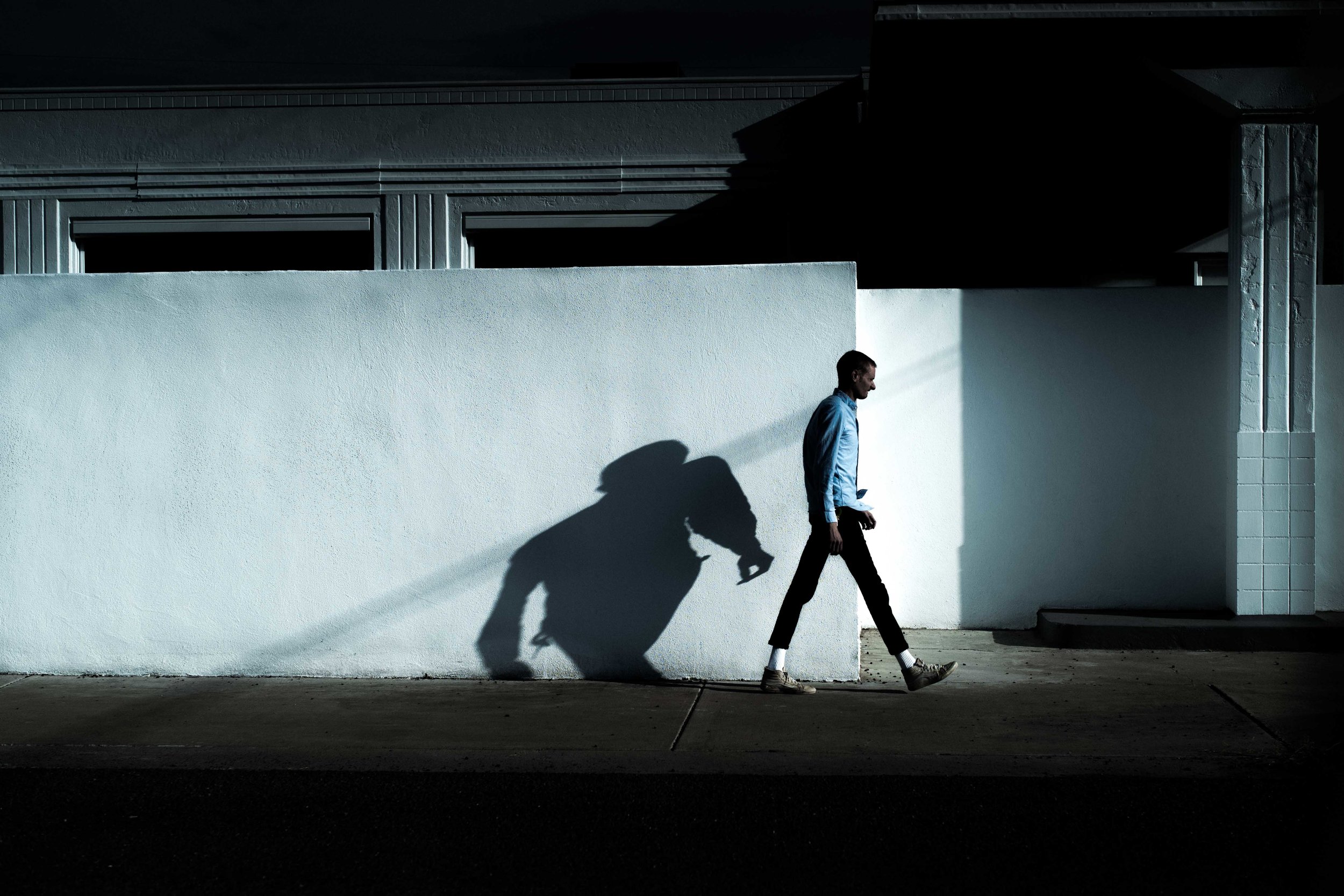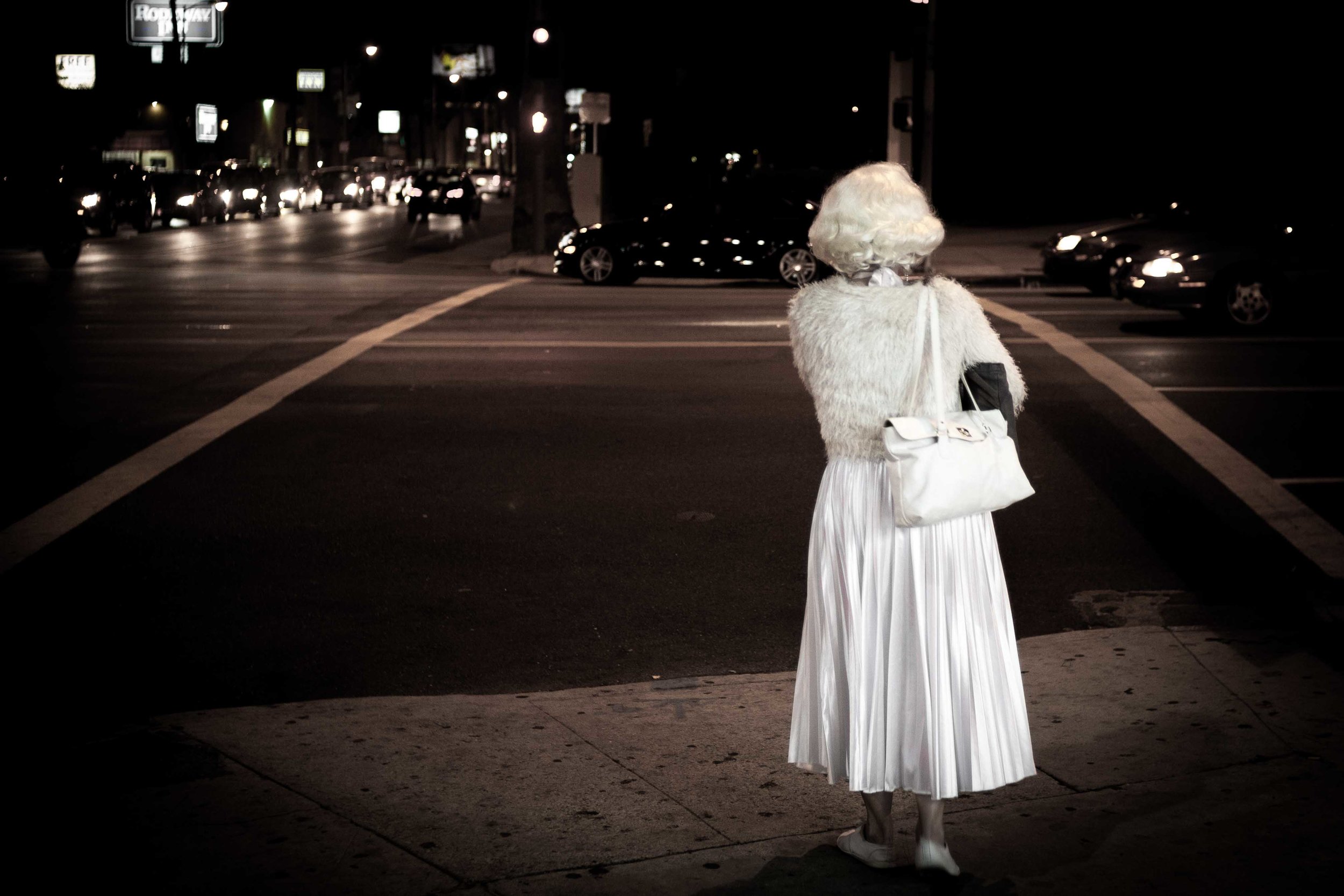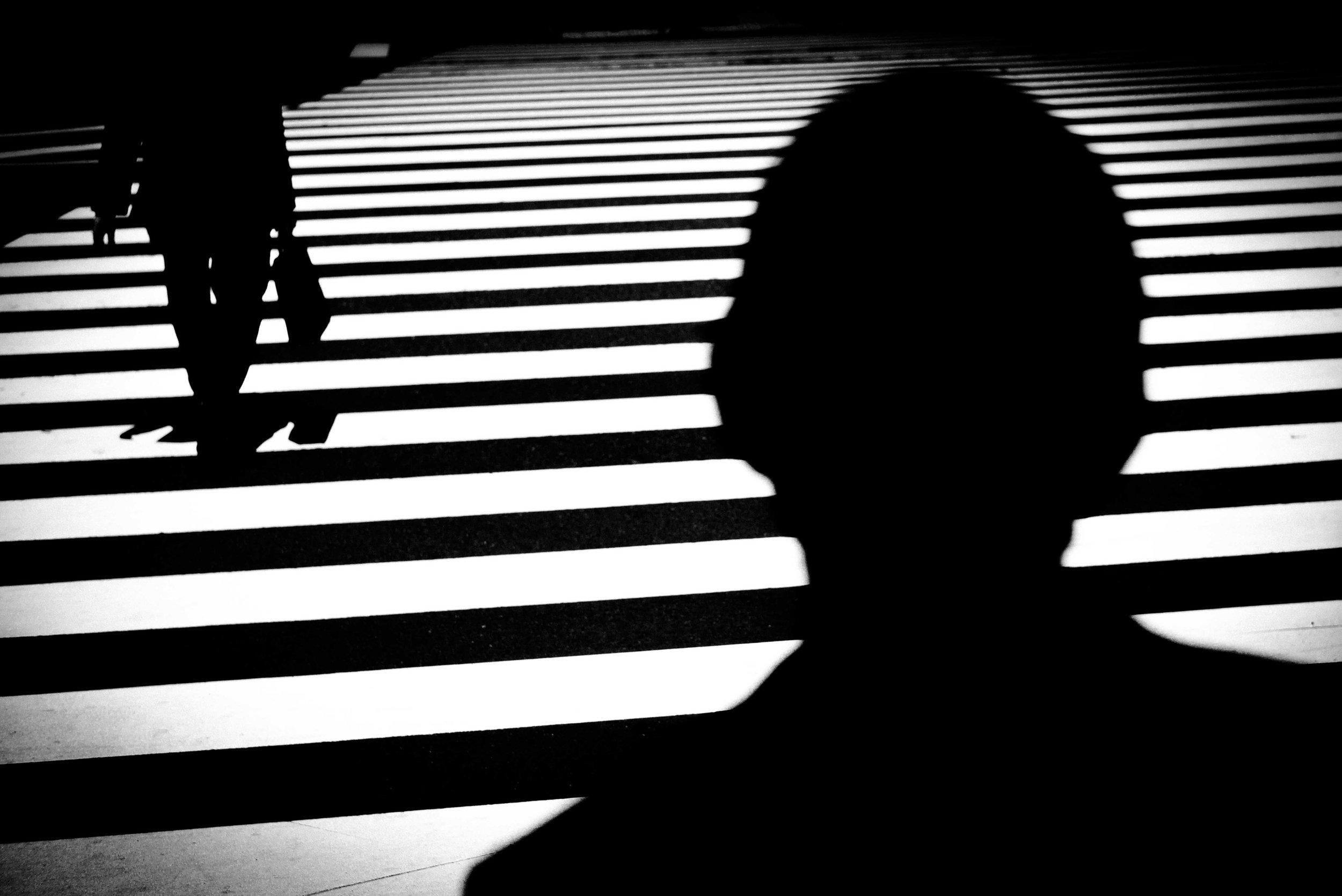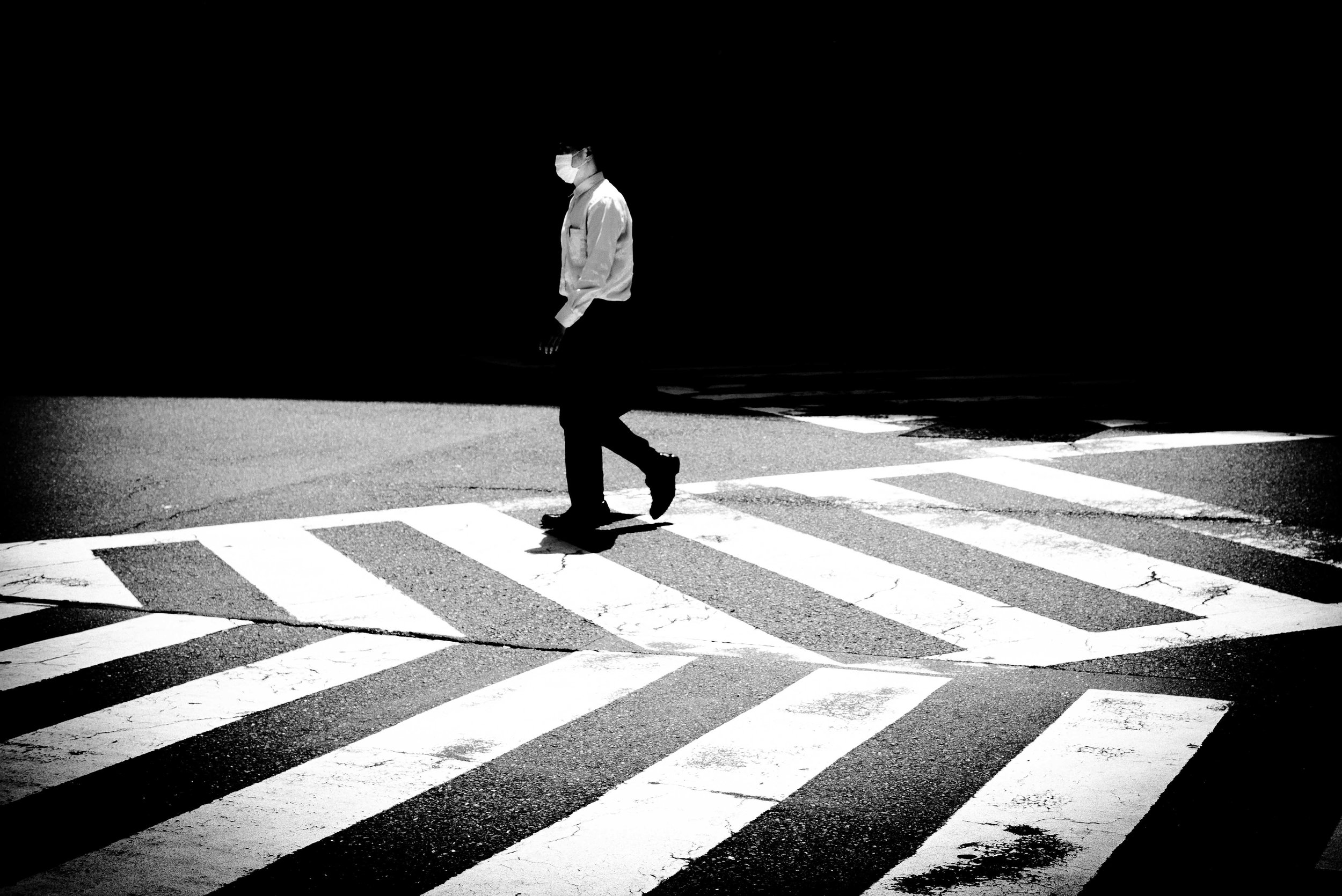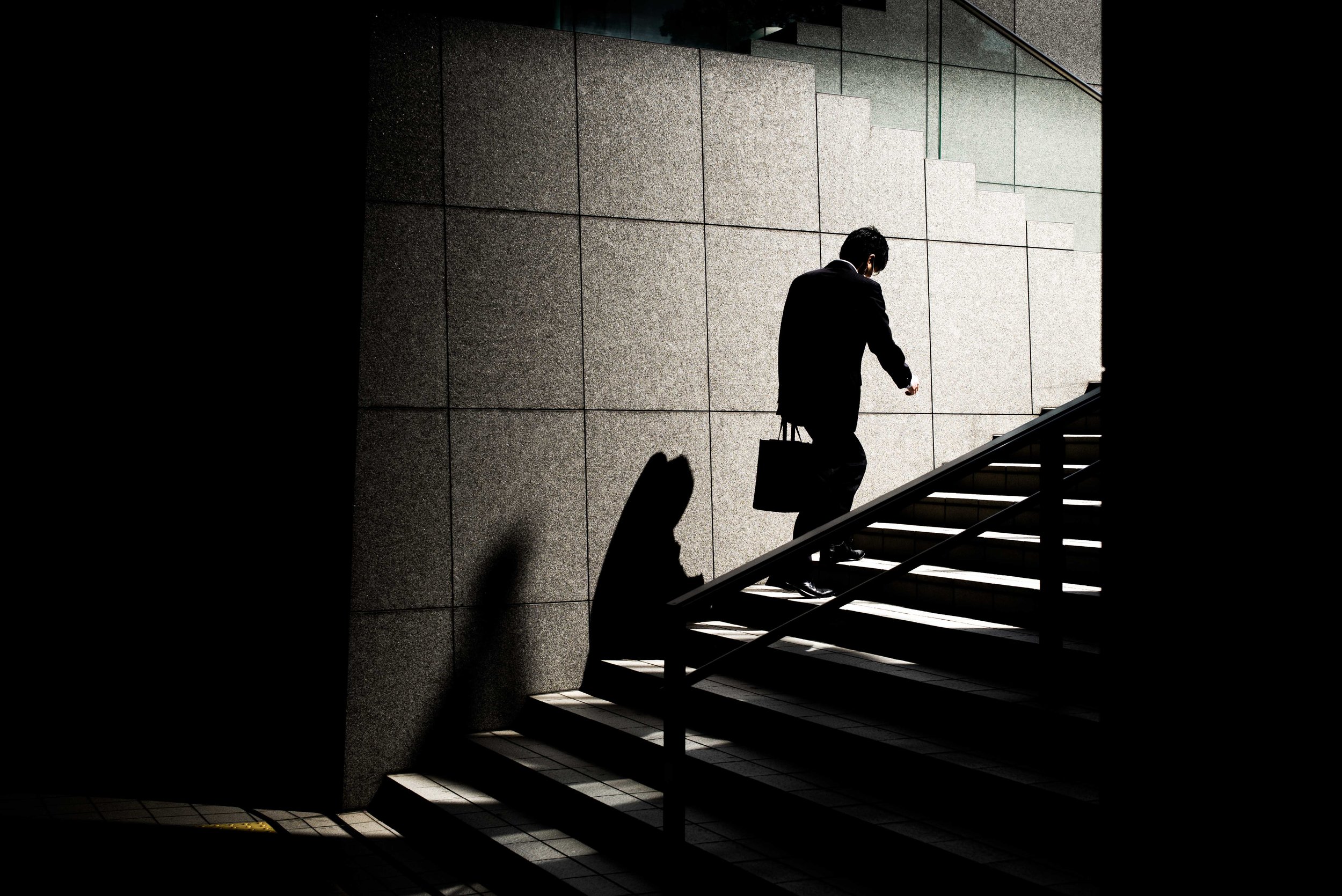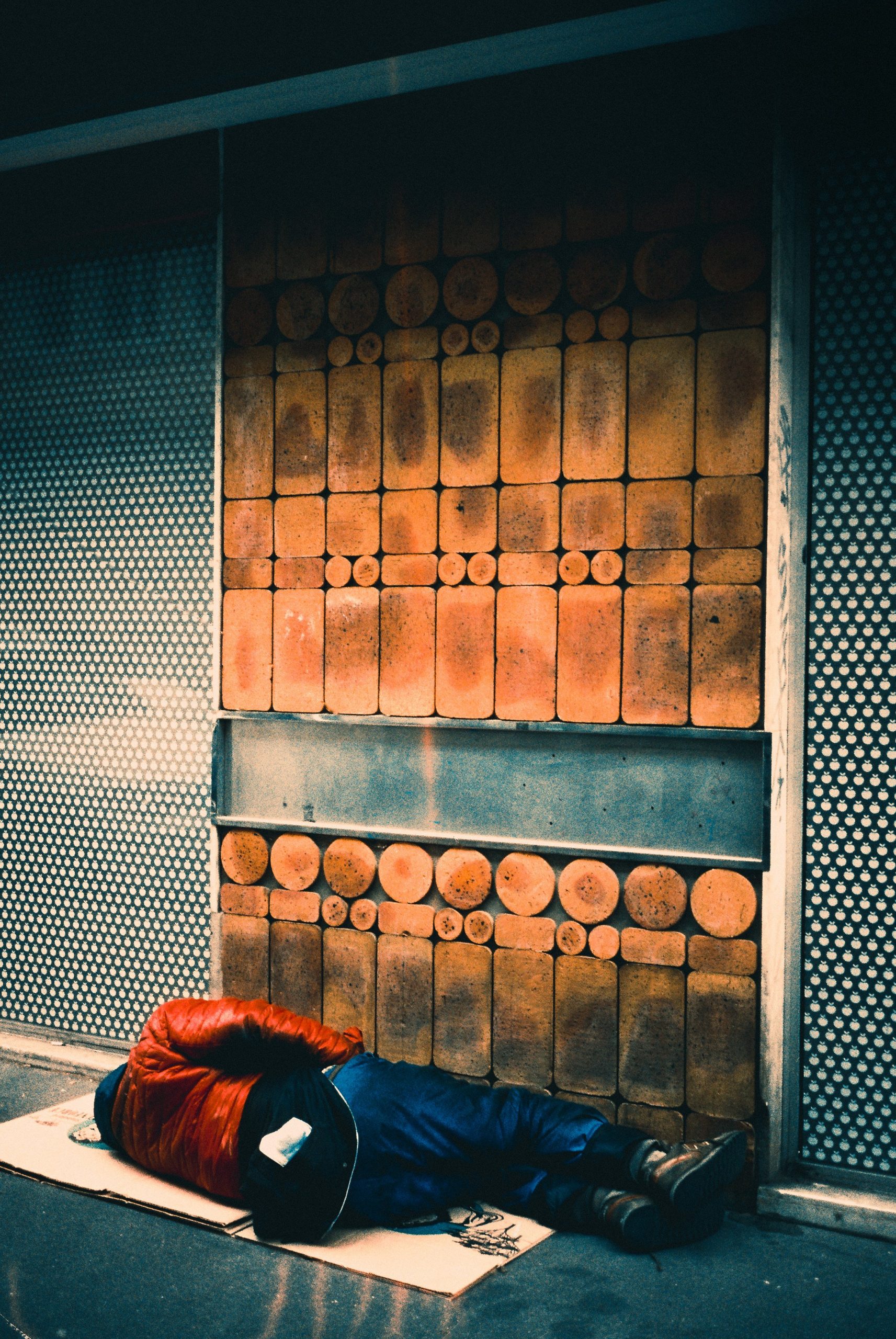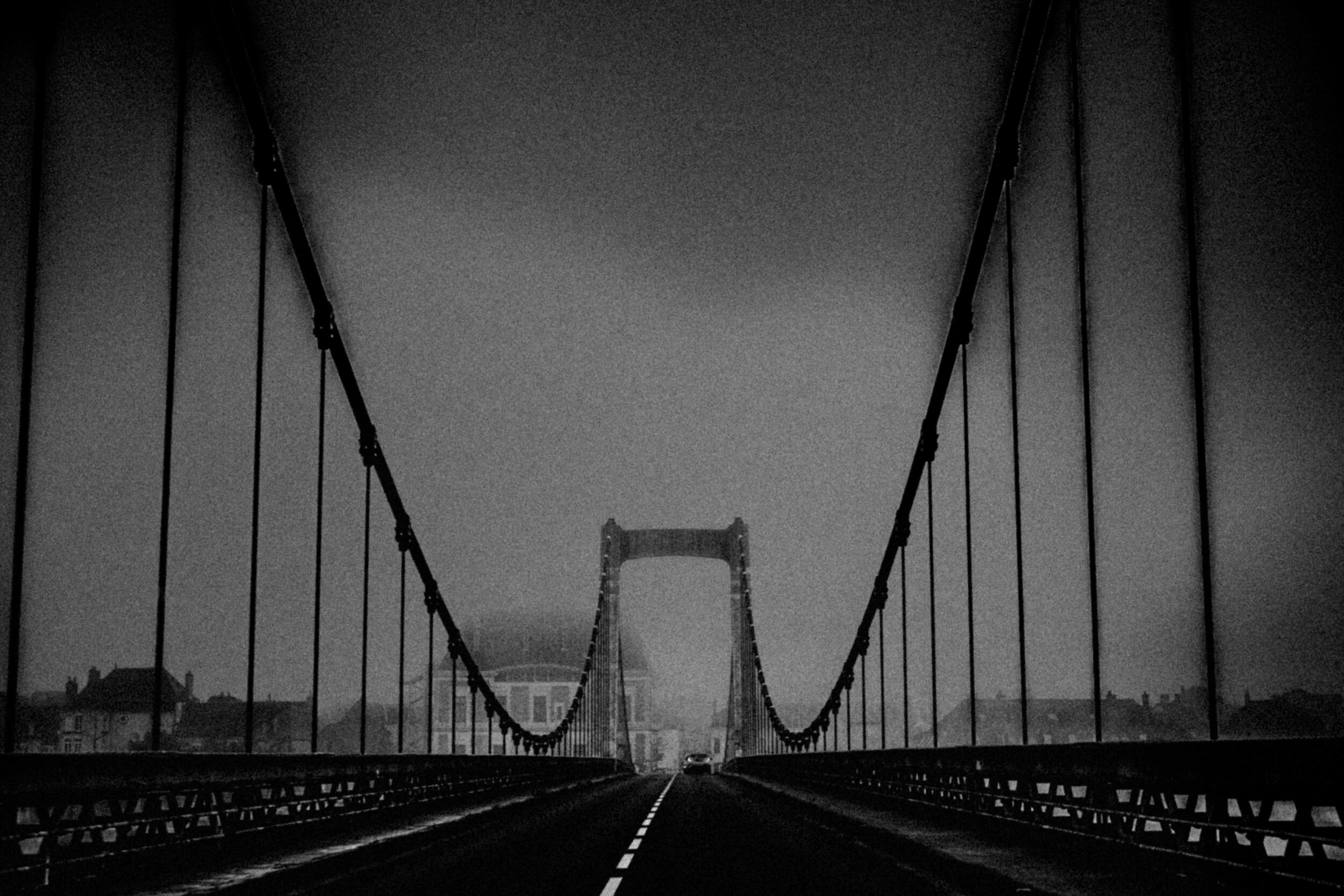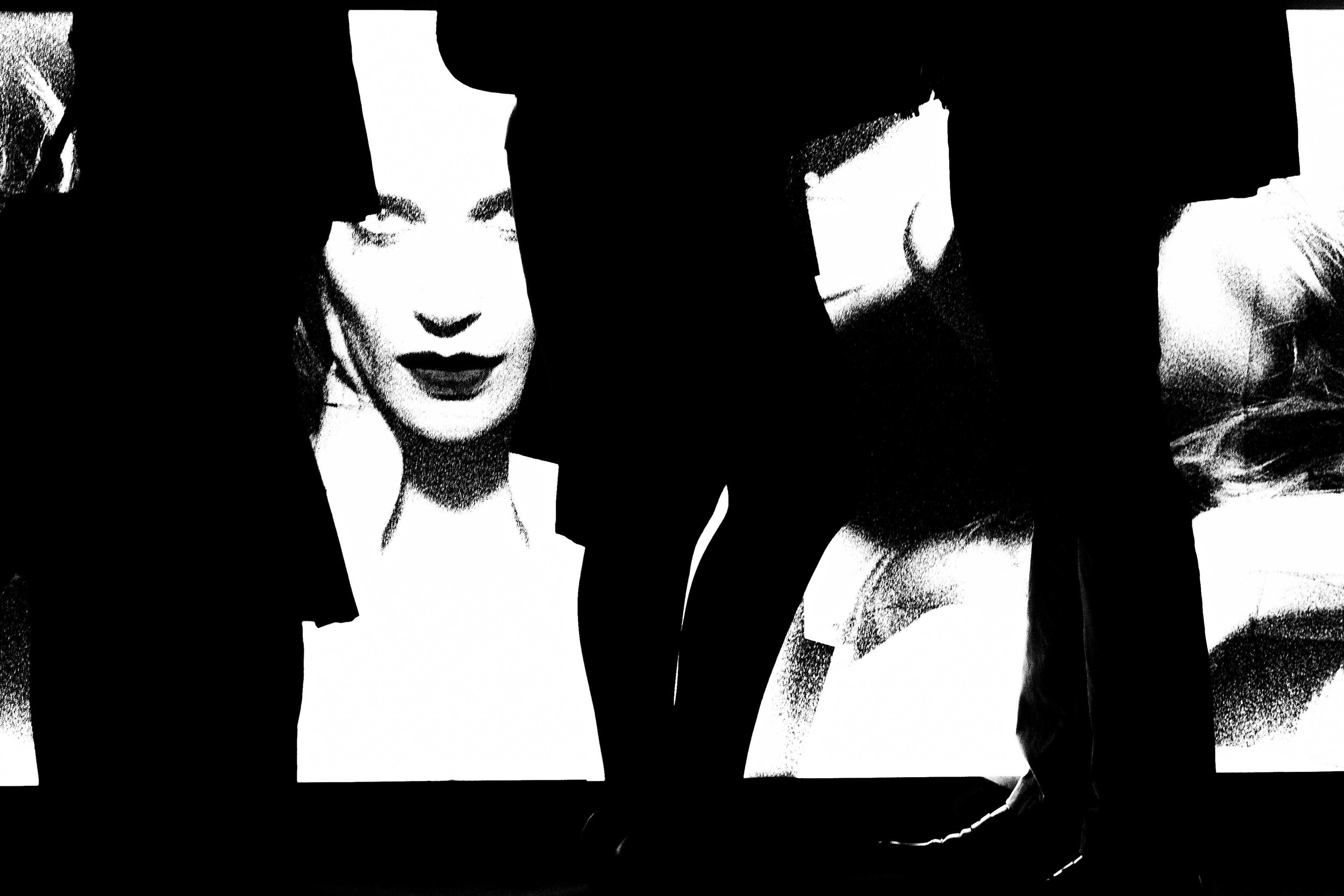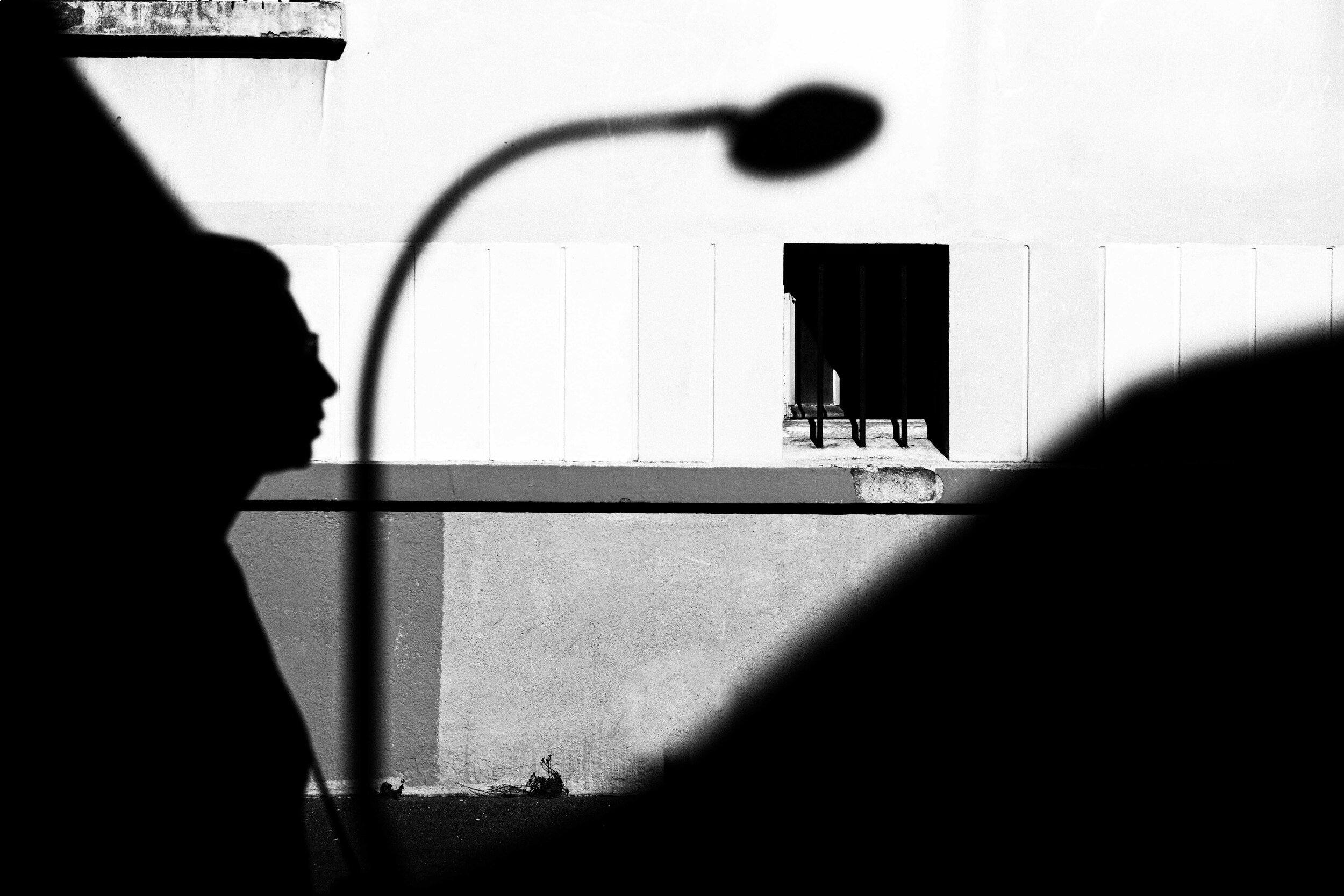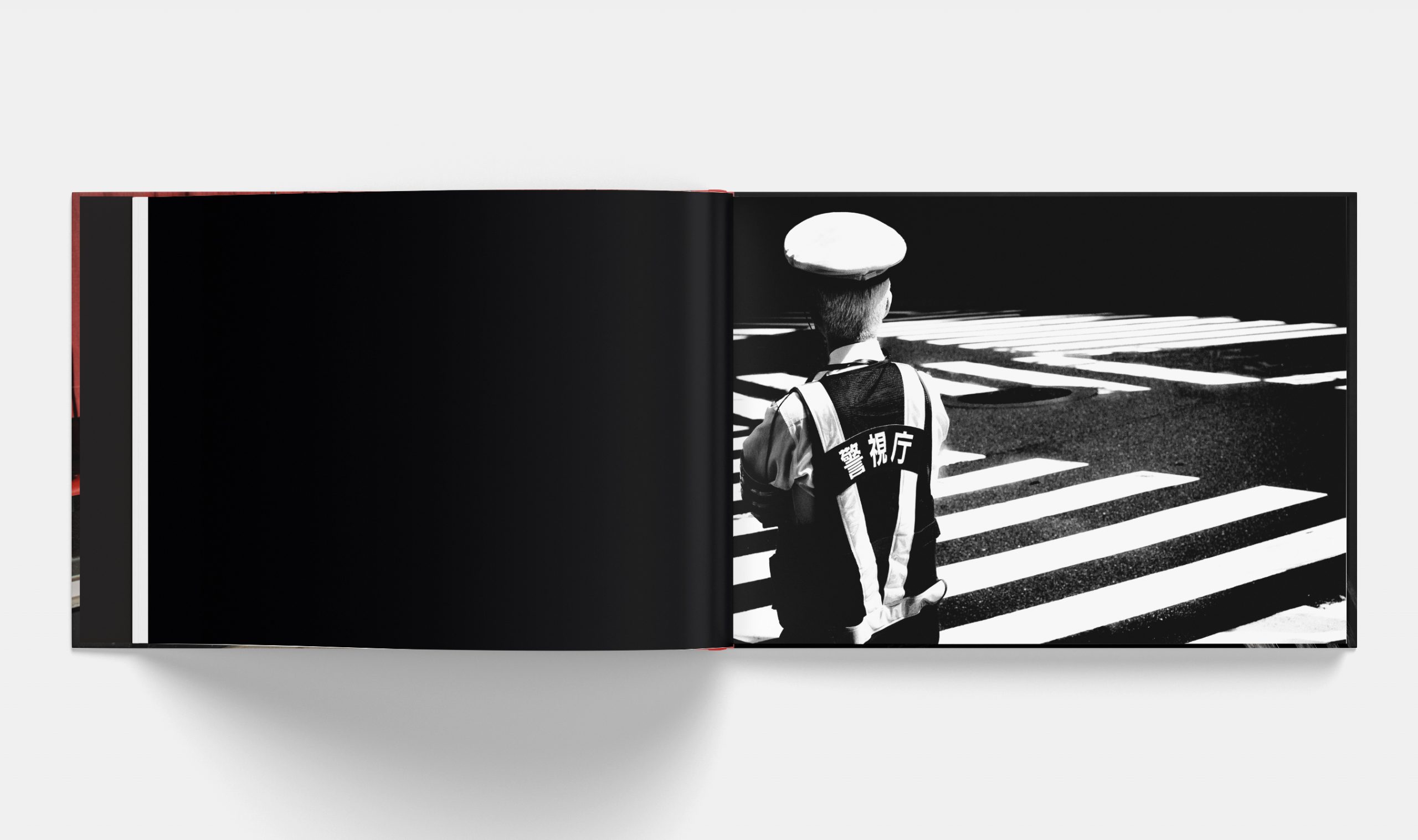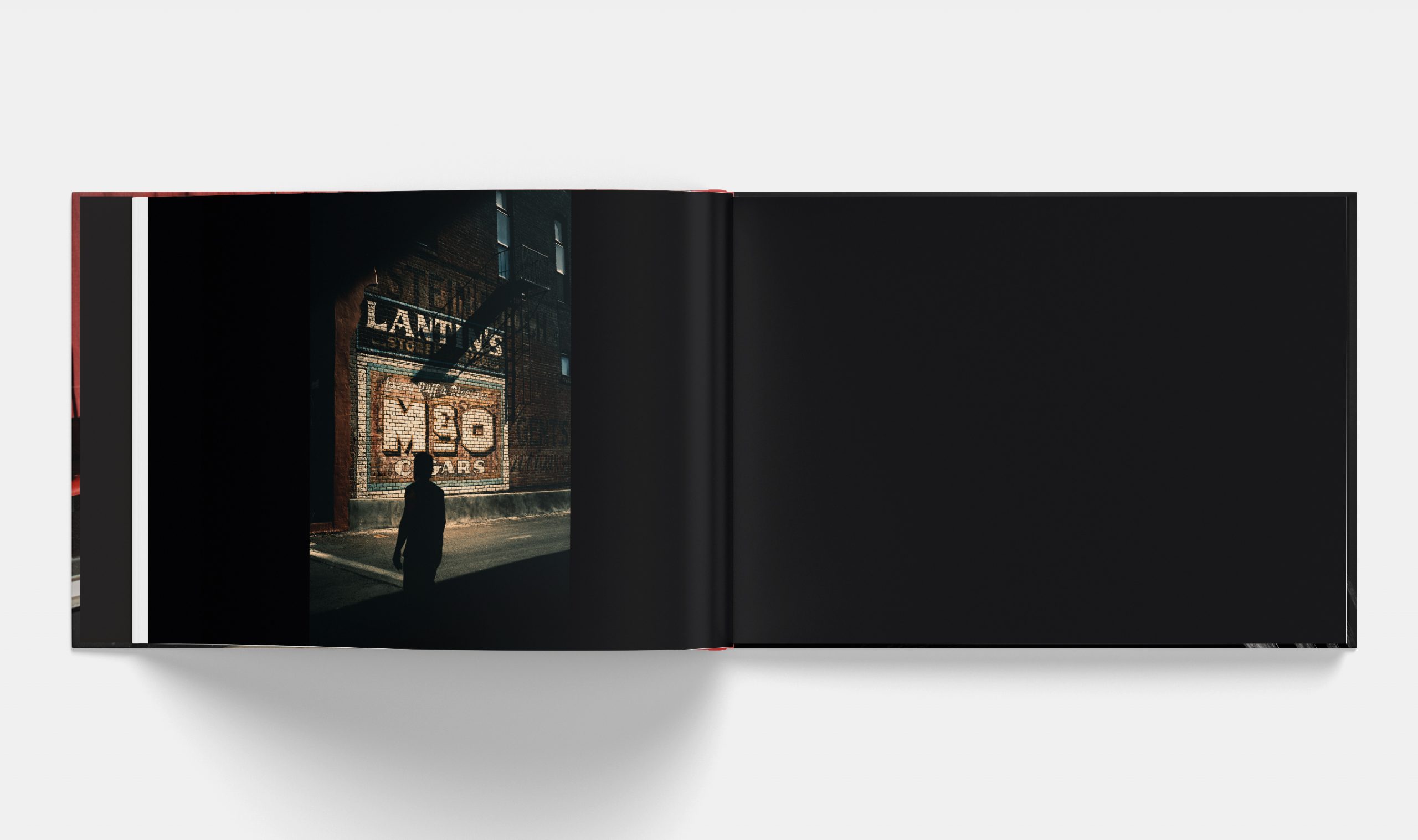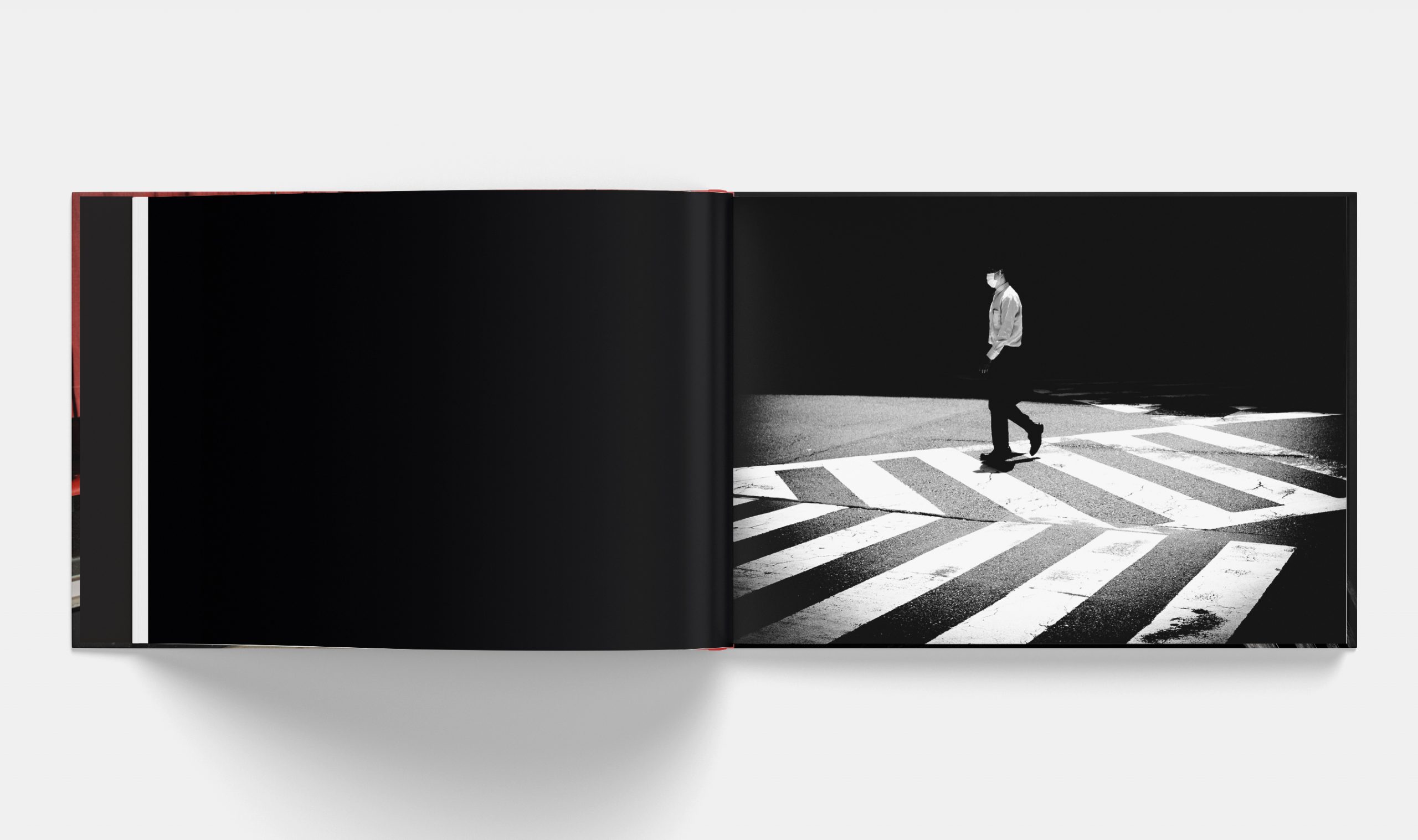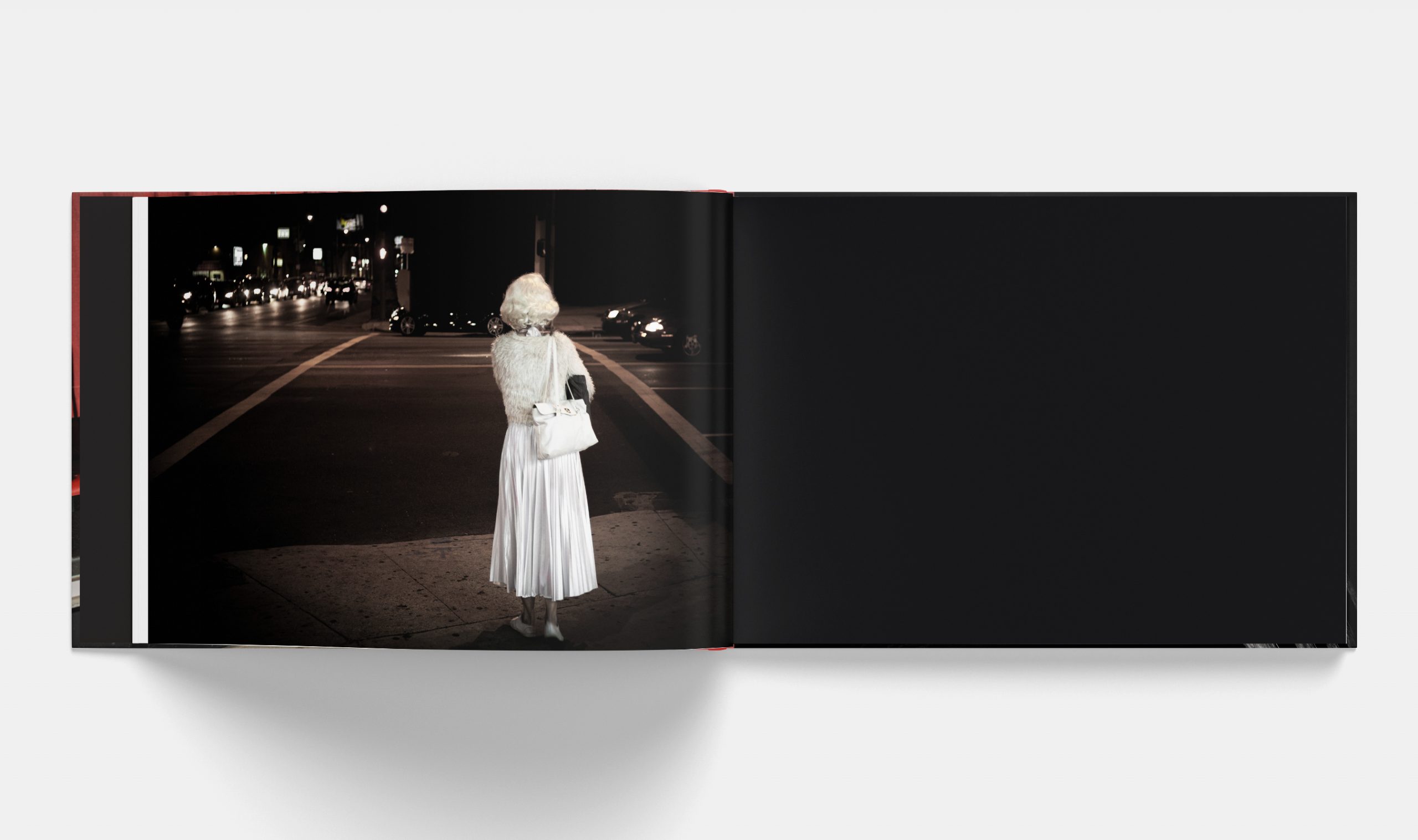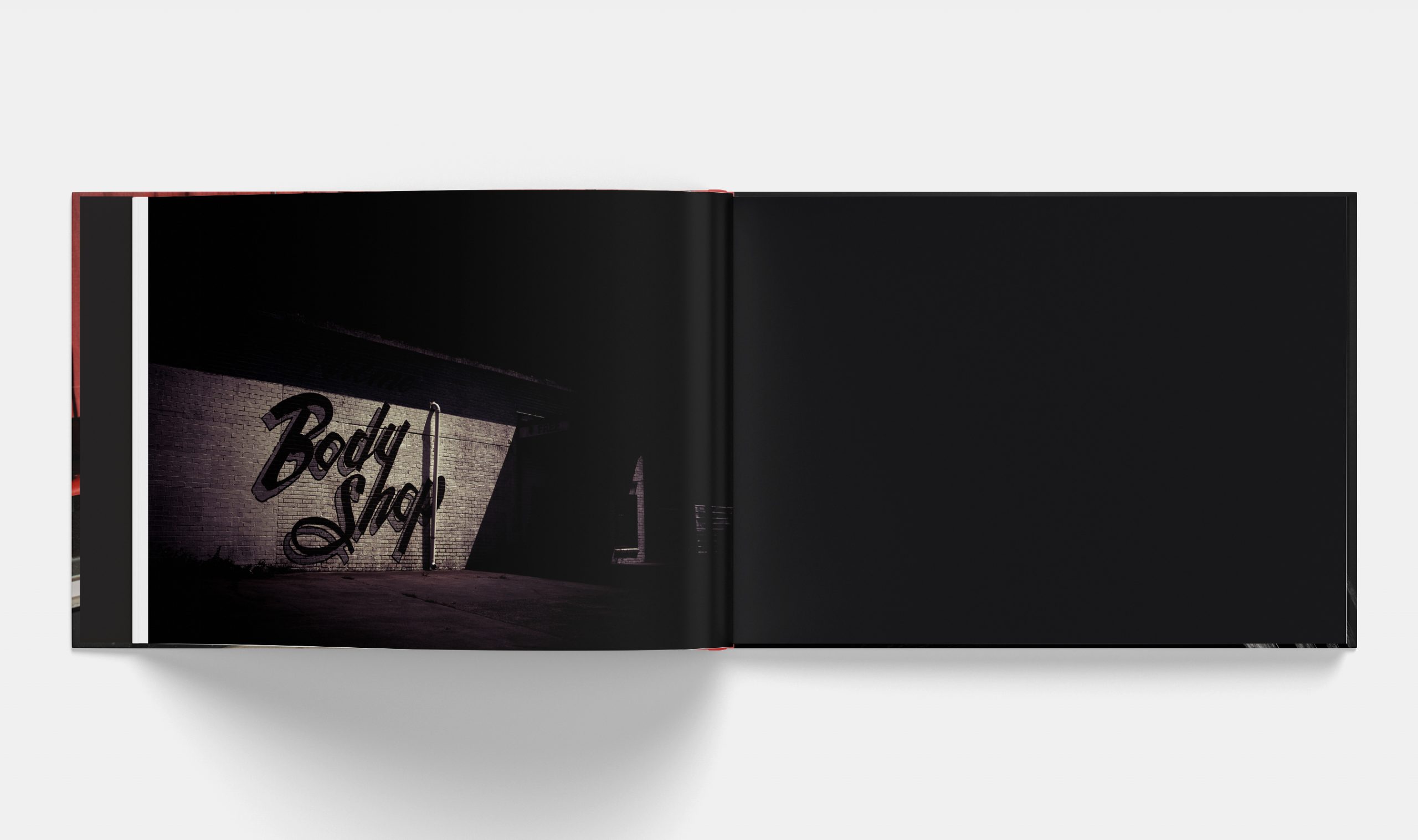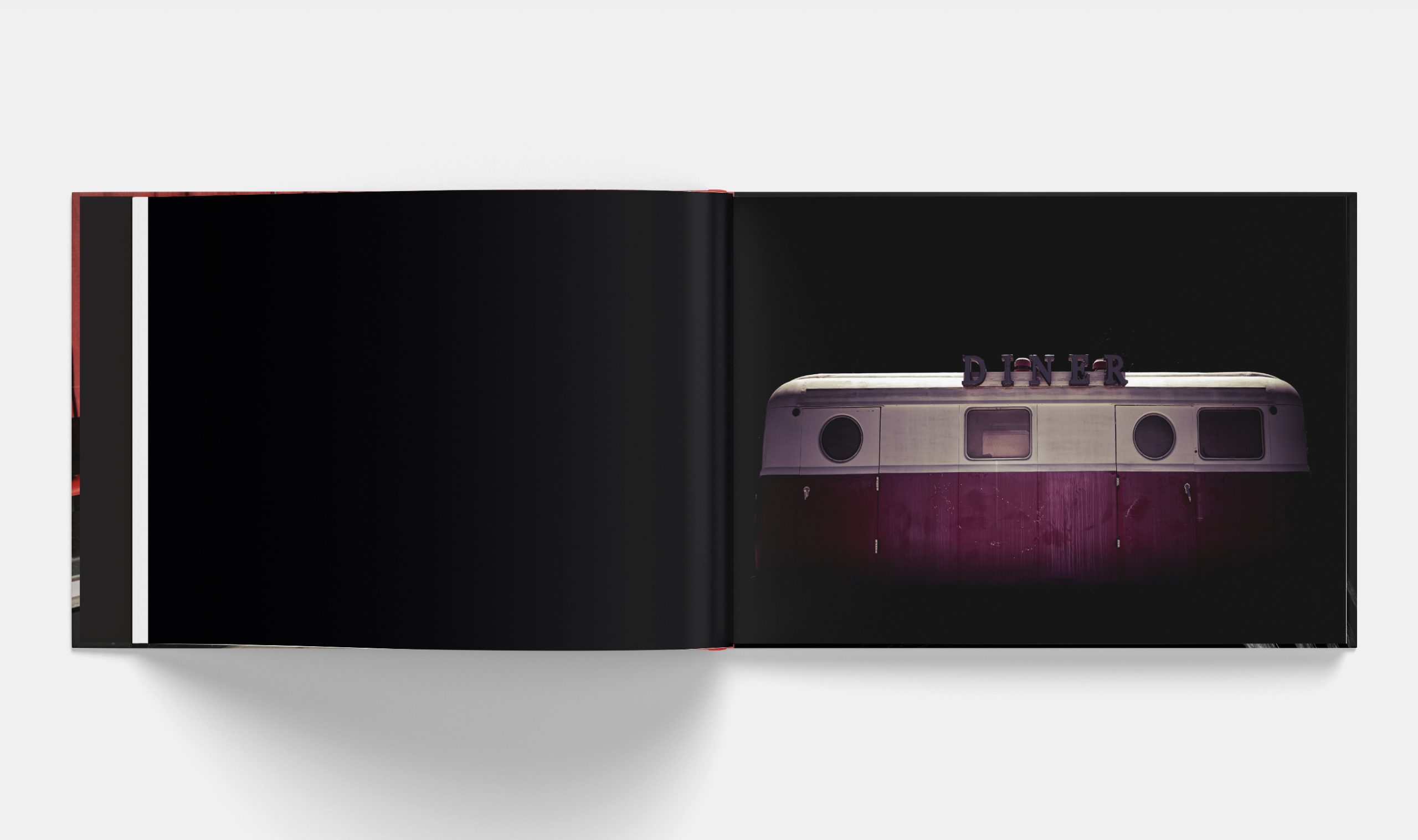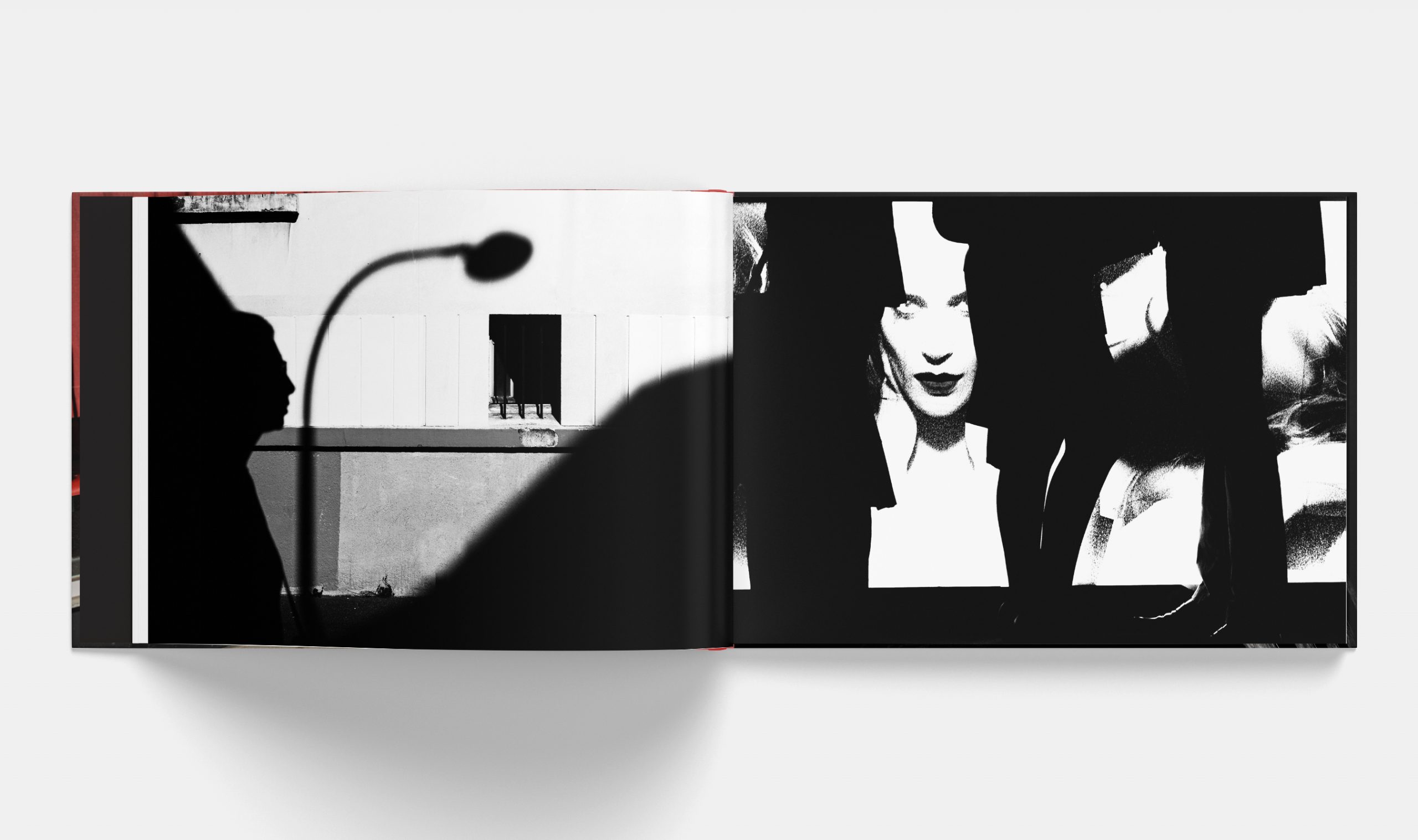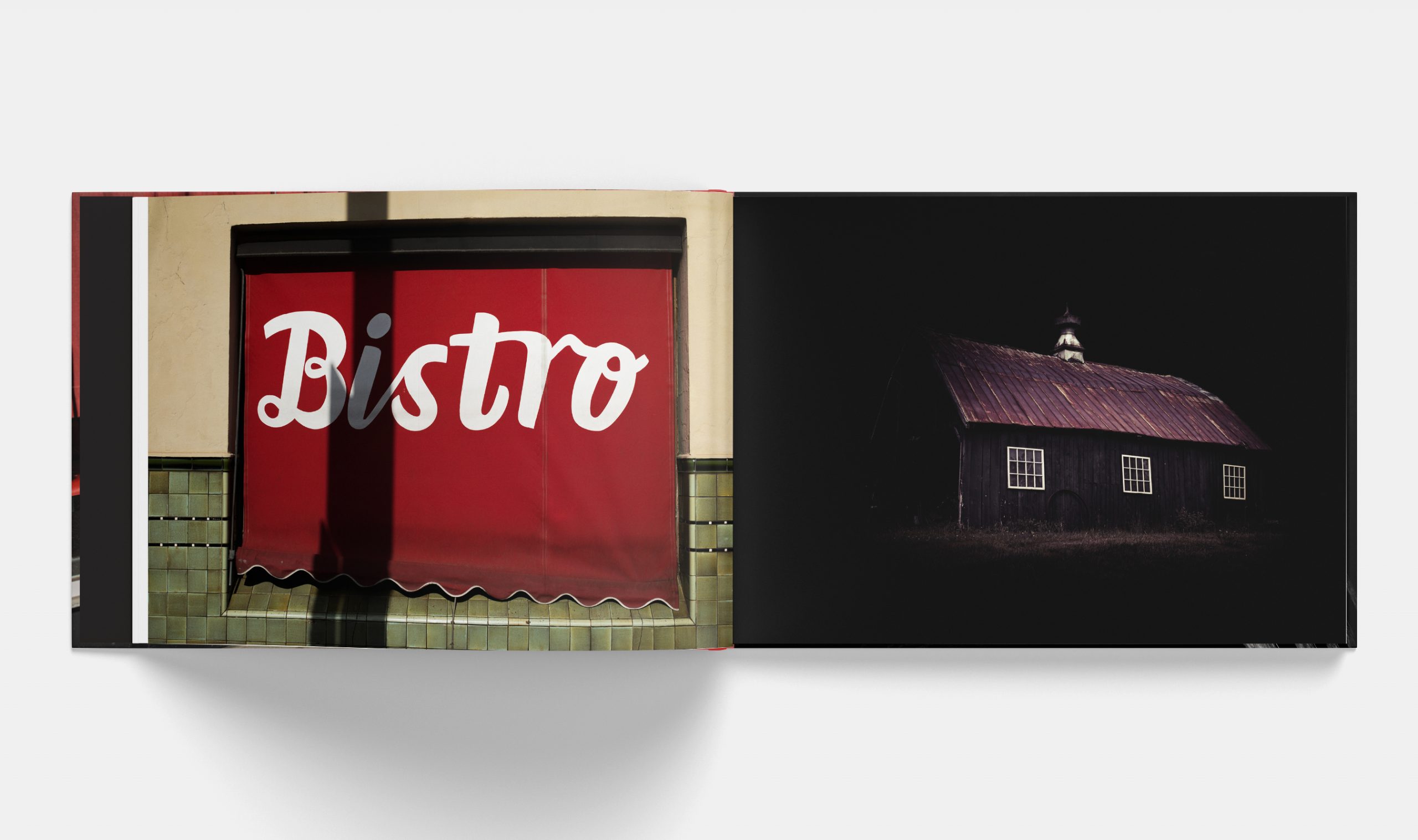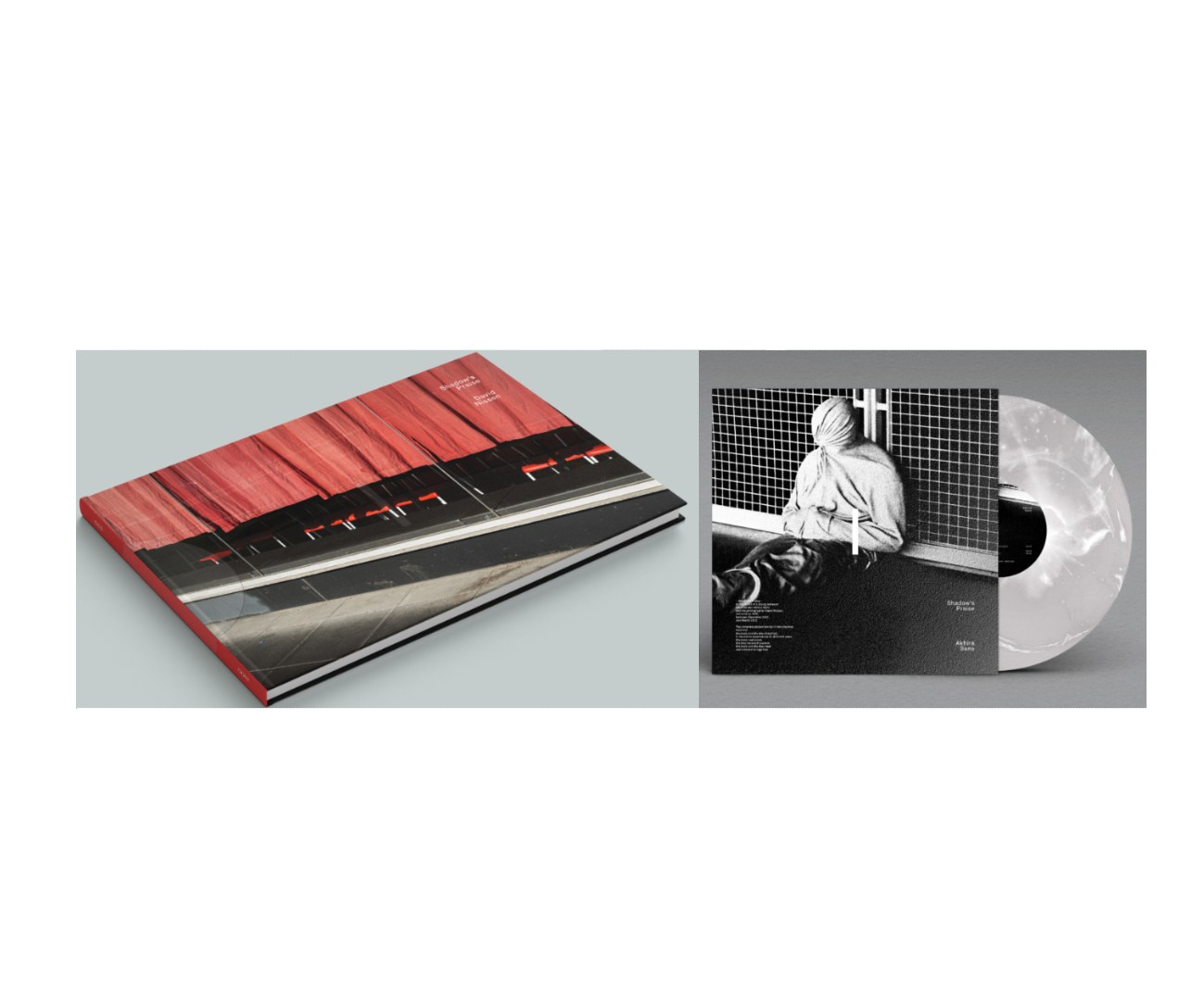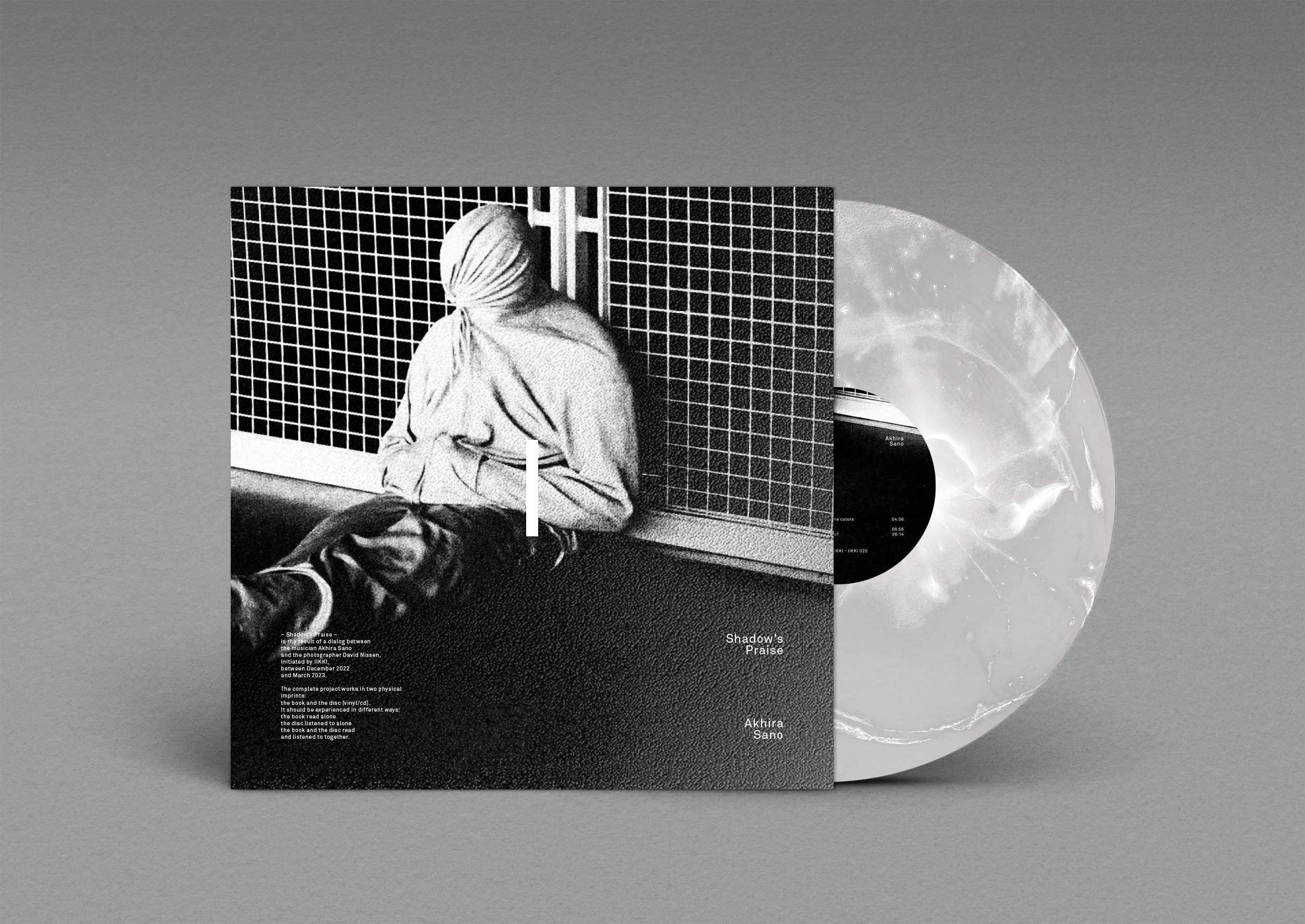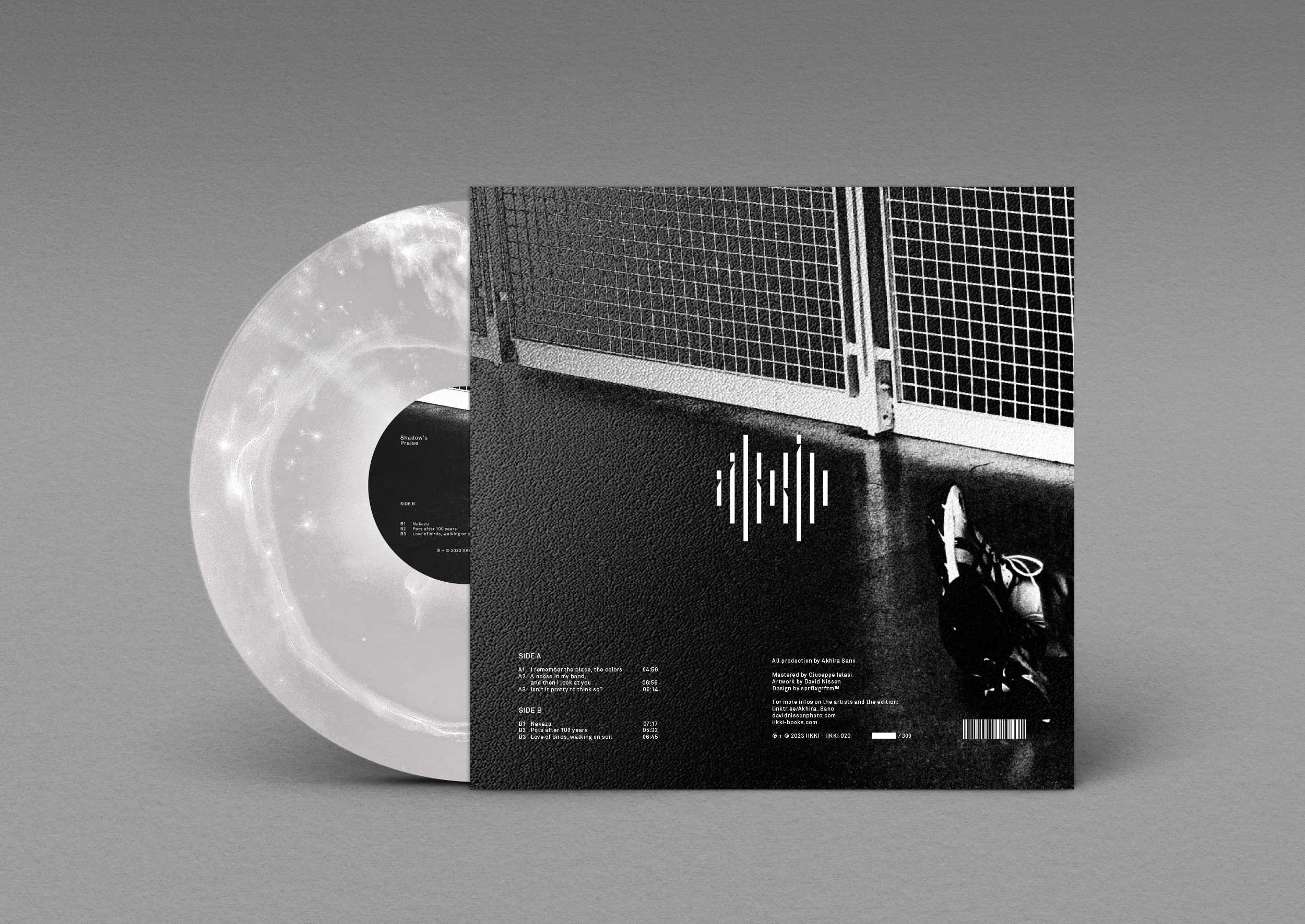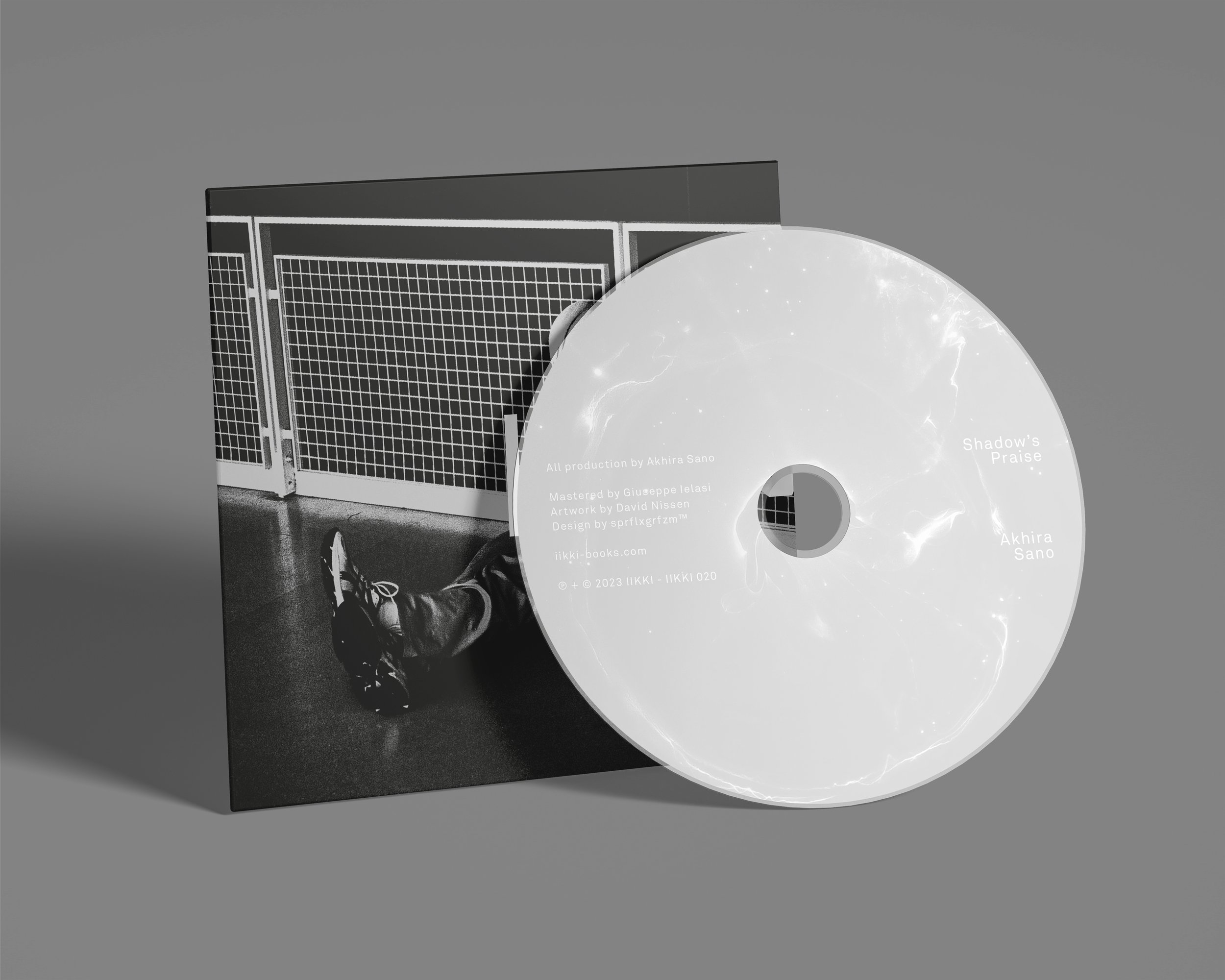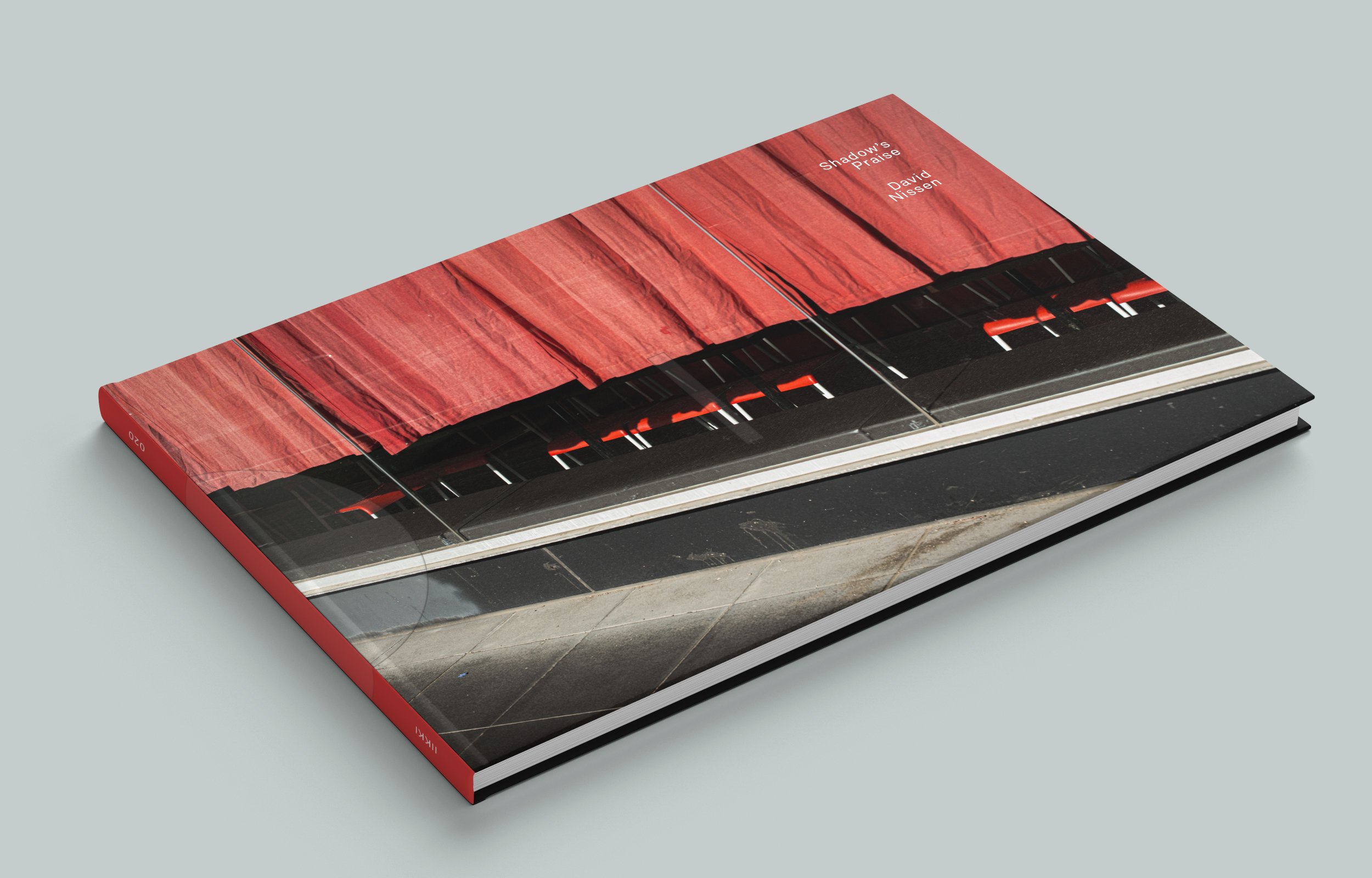David Nissen: Shadow’s Praise
Shadow’s Praise is the result of the dialogue between the French photographer David Nissen and the Japanese music artist Akhira Sano initiated by IIKKI, between December 2022 and March 2023.
The complete project works in two physical imprints: the book and the disc (vinyl/cd). It should be experienced in different ways: the book read alone, the disc listened to alone, the book and the disc read and listened to together.
After studying photography, music, drawing in a Fines Arts school, David Nissen changed direction to get involved in cinema where he works there as director of photography for feature films or advertising, without ever forgetting about photography.
French photographer David Nissen takes us on an atmospheric journey through fog, rain and fading lights. Explaining that he enjoys being in a contemplative state, he says he enjoys walking, driving, listening to music, which inspires him a lot. He is looking for a strong, powerful light, an atmosphere that can tell a story, which will be an invitation to travel through his images. With a background in cinema, it makes sense for him to approach photography like a director in search of the perfect location… The result is broody, sublime, as well as cinematic. His shoots in France and abroad are opportunities to exercise his photographer’s eye, to make such personal and intimate series of photos during solitary wanderings in places that each have their own story to tell or to invent. The rare human beings who appear take on the appearance of movie characters whose enigmatic thoughts we would like to know…the visual strength of certain places or architectures, under singular light atmospheres, takes the visitor into a fiction in which he himself becomes an actor is an exchange of glances. Also photographing through impurities or raindrops, his search for materiality gives a thickness that we encounter in painting, his approach to photography is deliberately pictorial and emotional.
For him, cinematography and photography are two passions that merge and feed off each other: Write a story with Light.
He has self-published 3 books previously, all well acclaimed, and that’s his first book with a publishing house.« If cinema and photography have a marked tendency to intersect, it is because there are affinities and contrasts between them that bind them by nature. The photographic image being consubstantial with the cinematographic image, there are relations of opposition at the level of the modes of existence of their images for a spectator: on the one hand the animated images, in sequence, projected, temporalized… other, the single fixed image, printed, not temporalized. As a result, everyone can try to approach the other, cinema proves the experience of photographic fixity with the freeze frame, while photography experiences the experience of cinematographic sequentiality with the representation of movement with the effects of shake or spinning in his photos.
A brief historical and technical reminder makes it possible to establish that the similarities are due to the fact that photography is the fundamental material element at the base of cinema: the cinematographic photogram is by nature a photographic image. With the photo, the spectator generally has a close relationship, which allows him to enter into a relationship with it by sight and touch: the photograph is an image that the spectator can hold in his hands to look at it, he is somehow physically “attached” to the image. This attachment is physical, allowed by the small size. With the cinema, the spectator has a relationship of relative remoteness and comes into contact with him by sight and hearing. This distancing, this physical detachment, this border between the viewer and the film that the large format facilitates, the viewer’s gaze “plunges” into the image. For the photo, this place is above all a private, intimate, enlightened environment in which it has an assigned place, arranged, collected, hung… the viewer does not really have to move, he can freely choose the moment of reading and manipulate the photo, the viewer has a certain hold over the photo. For the film, the place is often a public space, specially designed and dark, the spectator must move, “we are going to the cinema” take his place and a seated position, motionless, passive. The moment of reading is programmed, the viewer has no control over the film. » David Nissen
About the Author
David Nissen, born in Valenciennes, France in 1969, studied Photography and Painting there at the École des Beaux-Arts. He works as a director for reportages and commercial films. He considers film and photography as two mediums that complement each other, when the aim is to write a story with light. He published his first book, Deep Night, in 2017. His most recent book, Shapes of Light, appears in April, 2019.
Akhira Sano was born in 1992 in Niigata, Japan. Artist. Focusing on the imperfections and irregularities of form and sound, he creates, observes, records, and extends them secondarily through drawing, graphics, installation, videography, and music composition.
His major works include “Penetrating, For Filtration” (Important Records, 2019), “Particle Dialogue – Observation and Recording” (The Trilogy Tapes, Inc. 2022), and major solo exhibitions include “Perspectives of Possibility” (FAITH, 2021) and “mē on – Seeing the Absent” (TOH, 2022).

